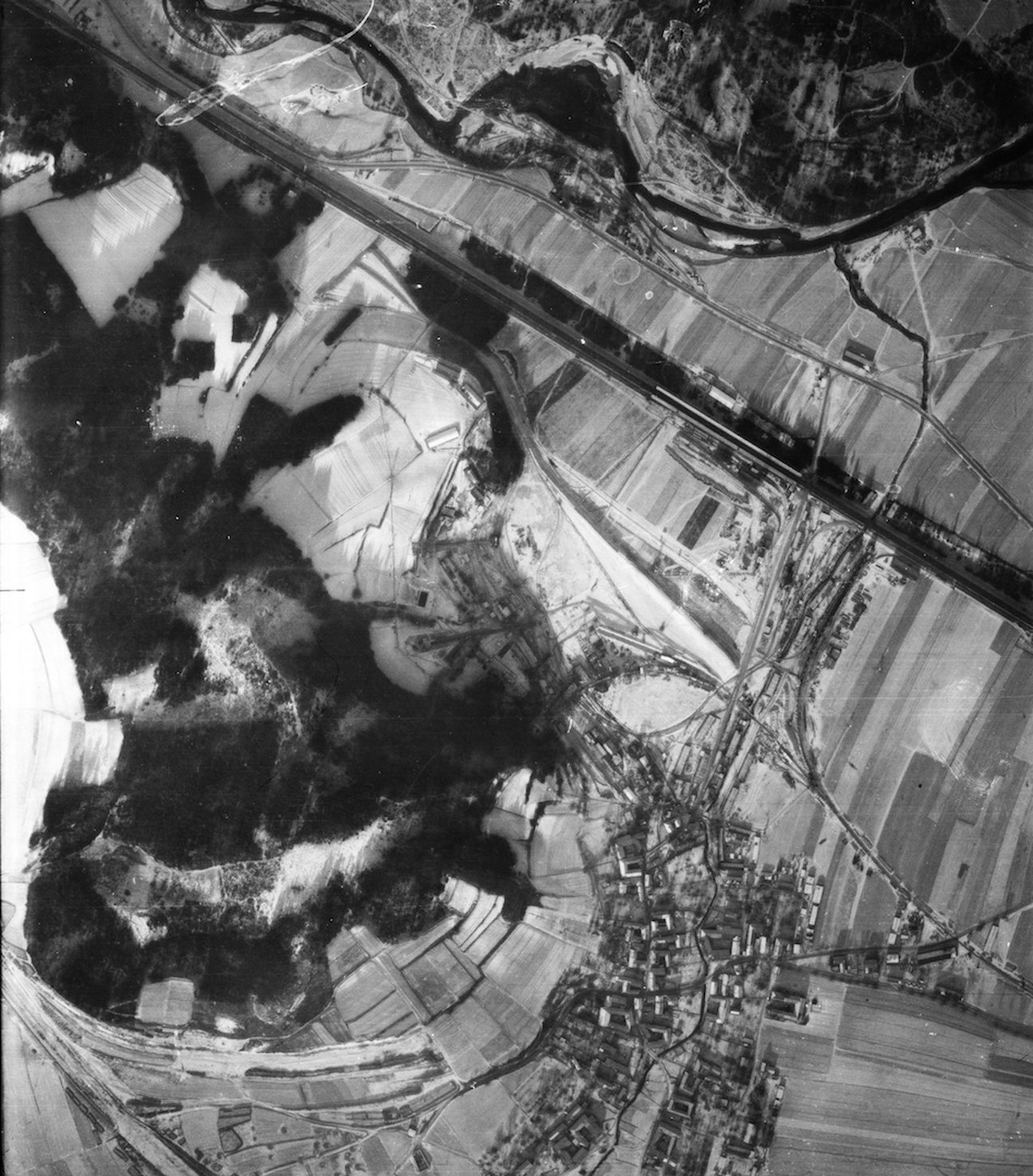Forced labor

Transports of prisoners from Mauthausen concentration camp to Melk were organized according to the needs of the building companies who constructed the tunnel complex near Roggendorf.
Most prisoners were deployed in shifts directly for the tunnel construction. The prisoners of Melk concentration camp were “hired out” to the building companies by the SS camp direction. Every company declared how many workers they needed on a given day and according to these statements the worker gangs were put together. The SS charged the companies 6 Reichsmark for every prisoner-worker and 4 Reichsmark for every unskilled worker. The money was then transferred to the Reich Treasury. The “underperformance” of prisoners compared to German civil workers was reimbursed to the companies. What the companies could squeeze out of the workers beyond the stipulated “minimum performance” was their gain, so the prisoners worked around the clock in three shifts. The use of concentration camp prisoners meant a crucial advantage for the building companies, because without the prisoners it wouldn’t have been possible for them to generate any turnover. After the war many companies refused compensation payments, arguing that the respective remuneration payments had been made and that the prisoners had already been paid.
The concentration camp prisoners were brought to their daily forced employment from Melk to Roggendorf by train, regardless of weather conditions. Both in Melk (near the old sports grounds in the Abt-Karl-Strasse) and in Roggendorf, special loading platforms were built for that purpose. If a train was late, the prisoners often had to wait outdoors for hours.
The former Melk concentration camp prisoner Franz Schikora describes his memories of the forced labor in the Roggendorf tunnels.